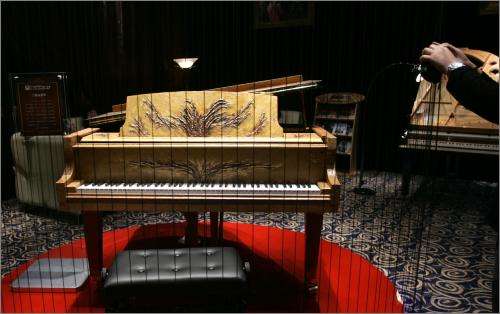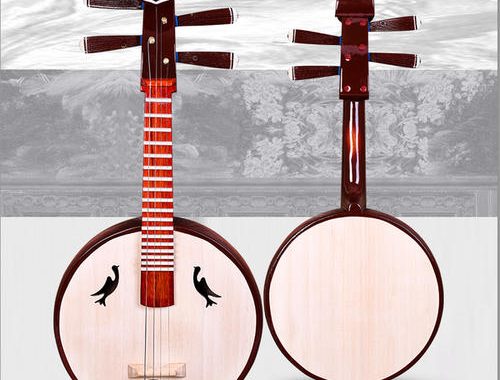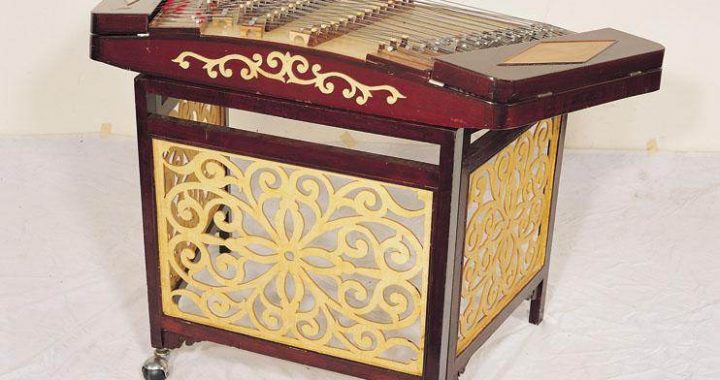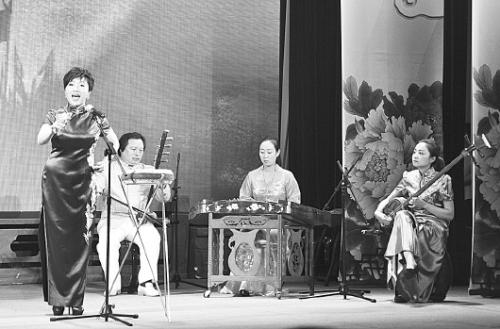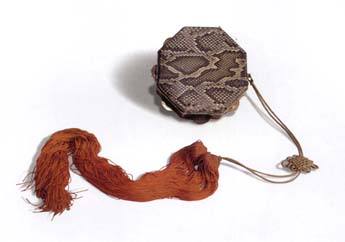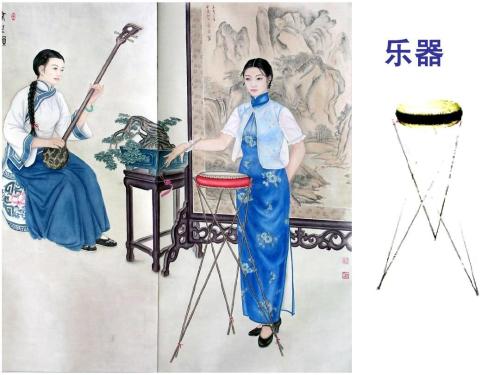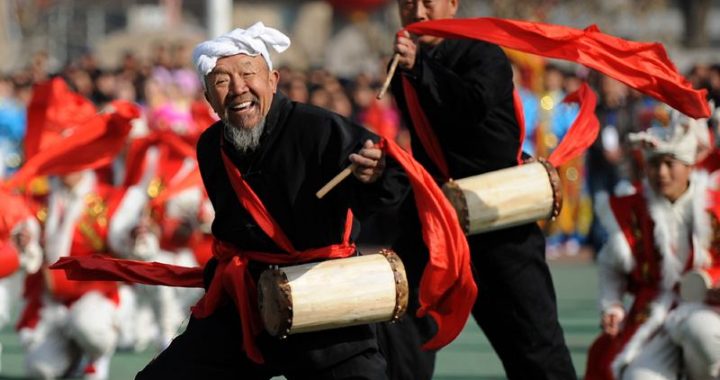Ruan (round lutes)
1 min readfrom the Nara National Museum, Japan The ruanxian (round lute) was another popular instrument of the Sui-Tang period (581-907 AD). This plucked string instrument has a straight neck and round body, and is played in a vertical position. The ru-anxian was named after an Eastern Jin Dynasty (317-420 AD) literary figure, Ruan Xian (dates of birth and death unknown), who was renowned for his proficiency on this instrument. It has been passed down to the present day, and is now called the ruan. The ruan was introduced to Japan during the Tang Dynasty. An example of a mother-of-pearl inlaid ruan dating from this period may be seen in the collection of Japan’s Nara National Museum. This instrument is 100 centimeters long, with a straight neck and flat, round body, four strings, and fourteen frets. With the exception of the front panel of the body, it is made of rose-wood and inlaid with mother-of-pearl. Its construction is essentially the same as that of today’s version,indicating that the ruan has not changed much in over one thousand years. The modern ruan may have 17 to 24 frets, and comes in large, medium, small, and bass versions. The strings are generally tuned a fifth apart, and can produce a chromatic scale. The ruan is played by fretting with the left hand while the right hand plucks the strings with artificial fingernails or picks.

